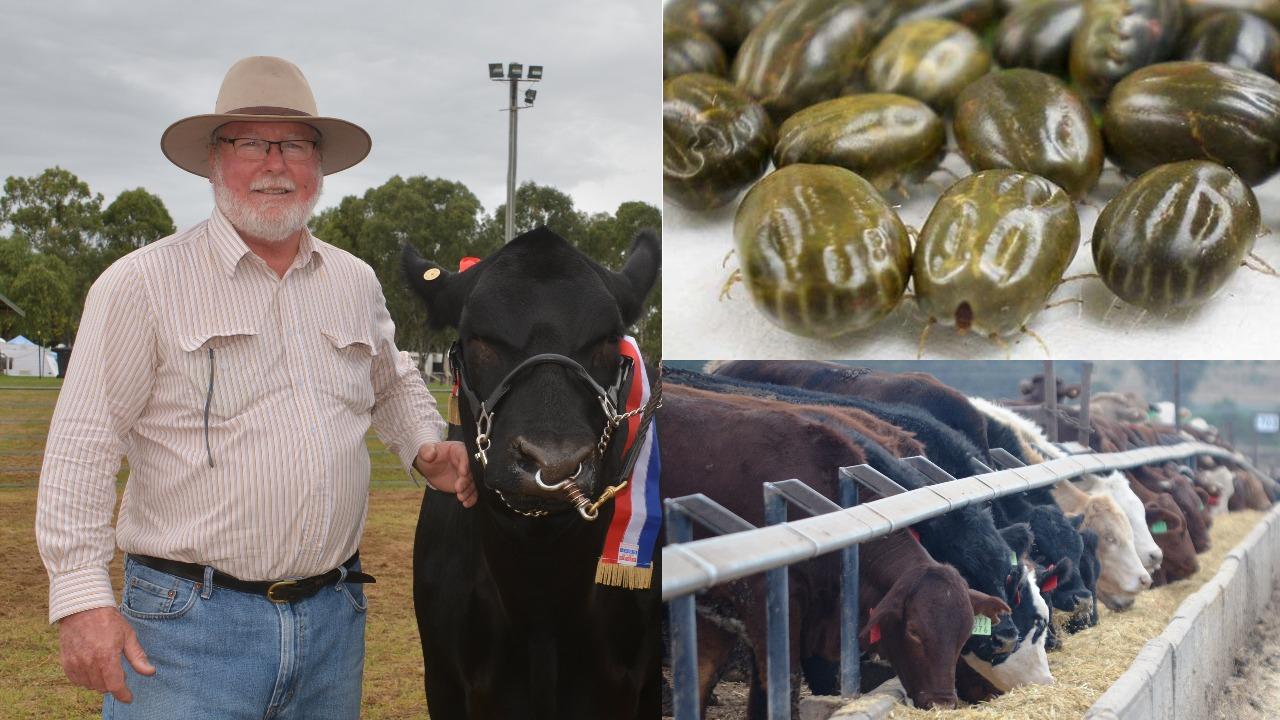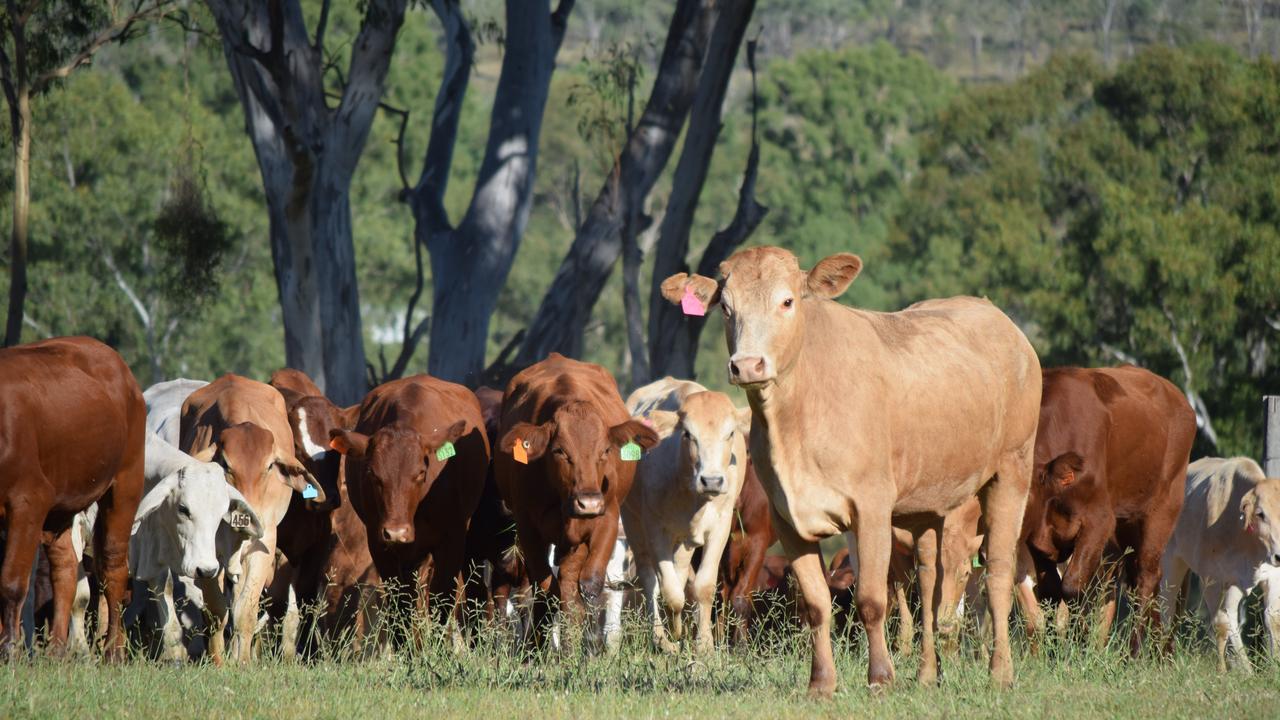Prevention’s best: How to nip tick fever in the bud
Vet explains how beef producers can save themselves a world of hurt and money by preventing ‘red water’ when weaning.

MURGON vet Chris Braithwaite has been preaching the benefits of taking precautionary measures against cattle ticks and the tick fever they can introduce to a herd since 1983, when he first joined the South Burnett Veterinary Service alongside Phillip Cook.
Since then Dr Braithwaite has made it one of his main missions to educate farmers across the region about the benefits of nipping ticks in the bud, right from the get-go.
Tick fever or ‘red water’ is a disease in cattle caused by blood parasites that are transmitted by the cattle tick.
The cost of a tick fever outbreak can be substantial, but not if cattle producers act early.
“One of the biggest issues we’re still seeing in the South Burnett when it comes to tick fever is the tendency to mistake the signs and symptoms with three-day sickness, which can be occurring at the same time” Dr Braithwate said.
“With tick fever, signs can include them being slow to move, dribbling from the mouth and they start to look droopy and sick because of the exceptionally high temperatures of over 41 degrees they get in the initial stages.

“It’s common for them to want to hang around the water because they feel thirsty and they’re hot so if you are moving the cattle, they tend to drop back and start to lag behind the mob.
“Then the fever progresses to the point when they urinate it’s a red colour which is why some people call tick fever red water.
“After that they get to a stage where they begin to stagger, and after that unfortunately the animal will die.
“The big difference between tick fever and three-day sickness is the temperature. The high temperature will stay up with tick fever, whereas the temperature will drop on an animal with three-day and most people won’t see that spike in temperature they’ll just see the stiffness and soreness coming in the next day with three-day.
“The animal will be very reluctant to move around, they’re very stiff and sore and that sort of thing, but cattle with tick fever will have a tendency to walk, they’re not stiff and sore, but they’re very doey.”
In some cases, the temperature that comes with tick fever can even cause a pregnant cow to abort the foetus, and an outbreak of tick fever in a herd can therefore prove to be highly costly for the producer.
Dr Braithwaite said he typically saw more cases of tick fever now during the autumn months due to the build-up of ticks over the summer period.
“We see more outbreaks of tick fever now because of the fact not every tick carries the organism, but over the summer period the organism increases its levels within the tick population, and if your animals are susceptible, they become more likely to get infected,” he said.
“It’s also dependent on the rain as well, when we get the weather with moisture, tick numbers naturally increase.
“The wet weather we had a couple months ago would that have definitely triggered the increase in population of ticks and created a greater level of exposure to the animals.”

Dr Braithwaite said ultimately early intervention was crucial, and he highly recommended cattle producers vaccinate their cattle during weaning in order to cut the risk of tick fever altogether.
“According to tick fever research, one dose at weaning should be adequate for nearly a lifetime of protection,” he said.
“All cattle in cattle tick-infested areas are at risk of developing tick fever, whether they were born and raised within the tick area or introduced from cattle tick-free areas.”
As prices of vaccines range between $5 to $10 per animal, vaccinating is a much more economical way to go about arming your herd against tick fever.
There are currently two forms of tick fever vaccine available, the chilled trivalent or three-germ vaccine and the frozen trivalent vaccine, more commonly known as Combavac three in one.
If you are bringing cattle in from tick-free areas and they have never had exposure to ticks over that time, Dr Braithwaite recommended one vaccination and possibly a follow-up three months later.
For more information about tick fever and the vaccinations to prevent an outbreak in your herd, head to the Queensland Government’s website here.


